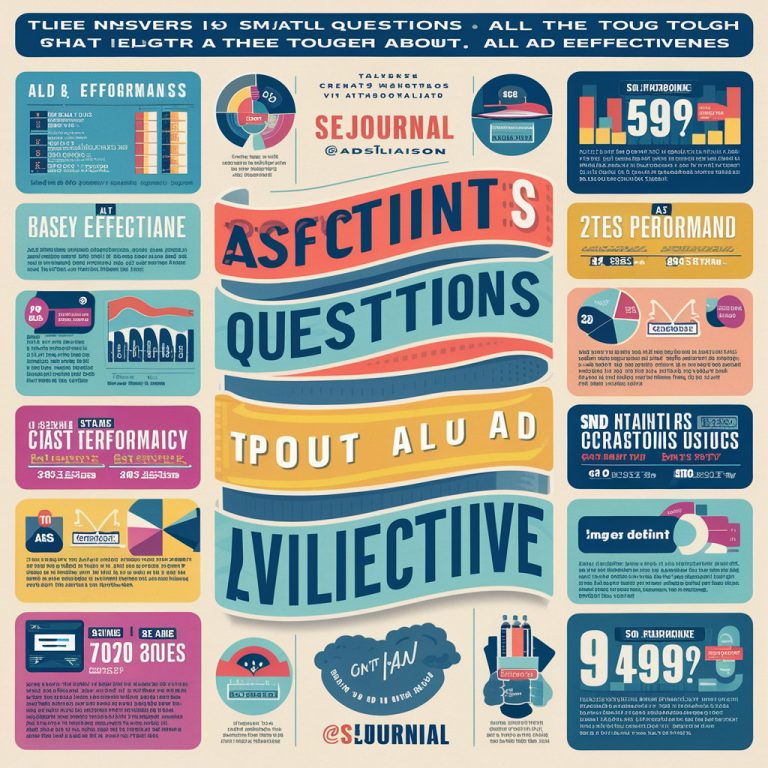Google DeepMind RecurrentGemma Beats Transformer Models via @sejournal, @martinibuster

Google DeepMind recently introduced a groundbreaking language model named RecurrentGemma, which aims to match or surpass the performance of transformer-based models while being more memory-efficient. This advancement promises enhanced large language model performance in resource-constrained environments.
Overview of RecurrentGemma
RecurrentGemma leverages Google’s innovative Griffin architecture, combining linear recurrences with local attention to deliver outstanding language performance. A notable feature is its fixed-sized state, which significantly reduces memory usage and facilitates efficient processing of long sequences. The model, pre-trained with 2 billion non-embedding parameters, includes an instruction-tuned variant. Remarkably, despite being trained on fewer tokens, both versions achieve performance on par with the Gemma-2B model.
Connection to Gemma
Gemma, another open model using Google’s advanced Gemini technology, is designed to operate on laptops and mobile devices. RecurrentGemma shares several similarities with Gemma, such as pre-training data, instruction tuning, and RLHF (Reinforcement Learning from Human Feedback). RLHF enables the model to learn autonomously from human feedback, enhancing its generative AI capabilities.
Griffin Architecture
The core of RecurrentGemma is the hybrid Griffin model, introduced a few months ago. Griffin uniquely combines technologies that efficiently manage long sequences and focus on the most recent input parts. This hybrid approach allows Griffin to process significantly more data within the same timeframe as transformer-based models, while also reducing latency. Griffin and its variant, Hawk, demonstrate reduced latency and increased throughput compared to traditional transformers. They also exhibit an ability to extrapolate on longer sequences than they were trained on and efficiently copy and retrieve data over extended periods.
The key difference between Griffin and RecurrentGemma lies in the modification of how the model processes input embeddings.
Breakthroughs
RecurrentGemma matches or exceeds the performance of the conventional Gemma-2B transformer model, which was trained on 3 trillion tokens, compared to 2 trillion tokens for RecurrentGemma. This demonstrates that higher performance can be achieved without the high resource demands of transformer architecture, highlighting a significant breakthrough in language models.
Another advantage is the reduced memory usage and faster processing times. The paper explains that RecurrentGemma maintains a smaller state size compared to transformers on long sequences. While the Gemma model’s KV cache grows with sequence length, RecurrentGemma’s state remains bounded, allowing it to generate sequences of arbitrary length without memory constraints. Additionally, RecurrentGemma maintains high throughput even as sequence lengths increase, unlike transformer models whose throughput declines as the cache grows.
Limitations of RecurrentGemma
Despite its advantages, RecurrentGemma has limitations, particularly in handling extremely long sequences, where traditional transformer models like Gemma-2B perform better. The performance of RecurrentGemma can lag for sequences exceeding its local attention window.
Implications for Real-World Applications
This innovative approach to language models suggests alternative ways to enhance performance using fewer computational resources, moving beyond the transformer model architecture. It also addresses one of the significant limitations of transformer models—growing cache sizes that increase memory usage. This advancement could pave the way for language models capable of operating efficiently in resource-limited environments.
For further details, you can read the full Google DeepMind research paper: RecurrentGemma: Moving Past Transformers for Efficient Open Language Models (PDF).
Featured Image by Shutterstock/Photo For Everything





